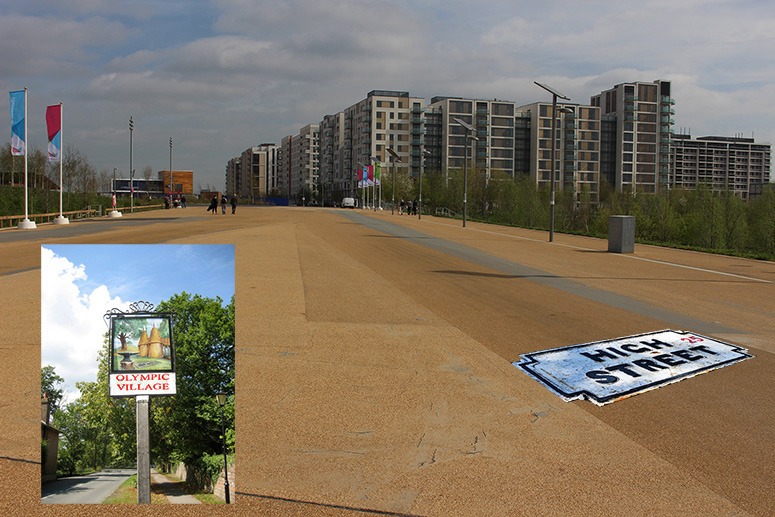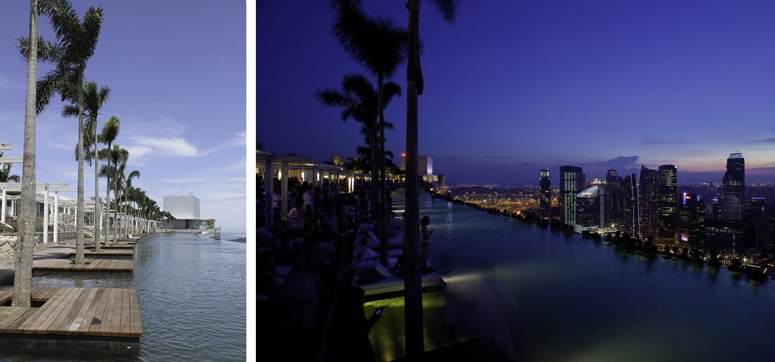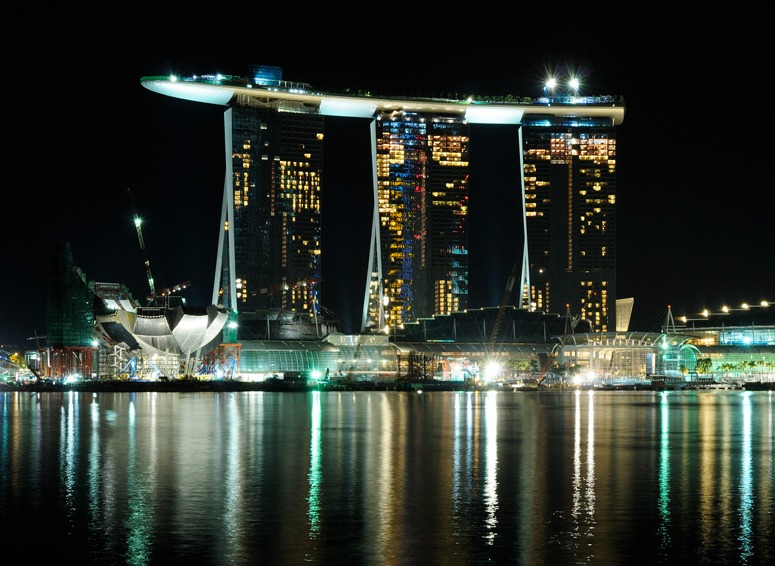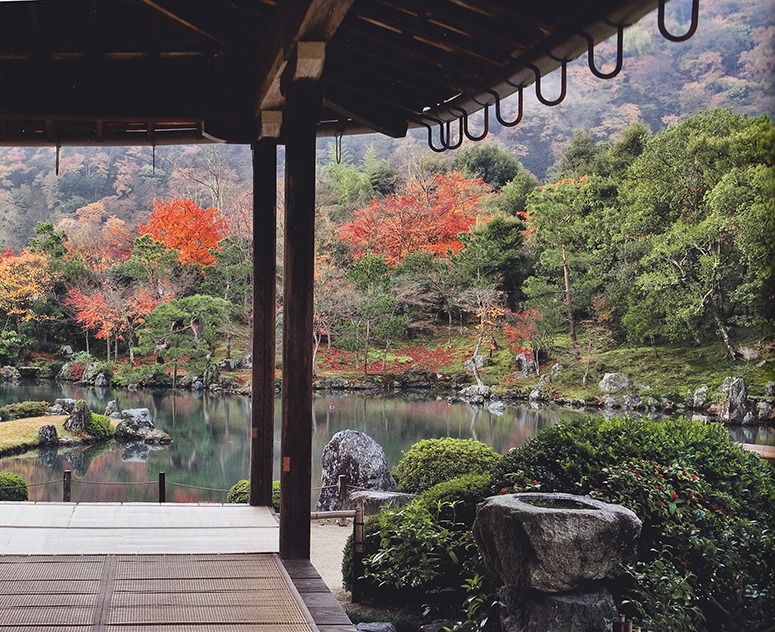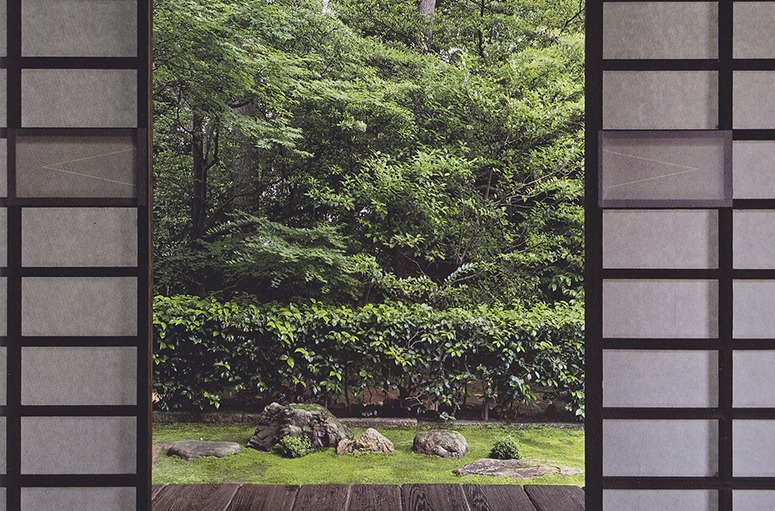Zaha Hadid: ‘Personally, Robin Hood Gardens is one of my favourite projects.’
Richard Rogers: ‘It has heroic scale with beautiful human proportions and has a magical quality. It practically hugs the ground, yet it has also a majestic sense of scale, reminiscent of a Nash terrace.’
Simon Smithson: ‘I believe Robin Hood Gardens to be the most significant building completed by my parents. ‘
Tom Turner: ‘Sao Paolo could learn a lot from the Smithsons’ approach to planning urban landscape’
Here are 3 videos, by Alison and Peter Smithson, by Jonathan Glancey and by me. I am impressed by the Smithsons and in full agreement with Glancey that (1) I would not choose to live there (2) the scheme should not be demolished – as has been decided (3) it should become student housing, because it is so well suited to communal use. The Smithsons account of the scheme justifies slapping a preservation order on Robin Hood Gardens. The English Heritage commissioners were right about the building architecture being mediocre: the elevations are elegant but the roofs are leaking, the concrete is spalling so that the rebars are exposed, the stairways are pokey, the balconies are usable only for drying clothes (so the residents protect them with bird netting) and a ‘street in the air’ (often with hoodies) is not a nice thing to have outside your living room window. BUT the site planning is excellent. London’s ‘tower blocks’ are usually planned like tombstones in plots of grass. The Smithsons protected against noise and used their buildings, as in London’s Georgian Squares, to define and create outdoor space. I have never seen their hill well used but attribute this to its not being a safe protected space. I also agree with their comment, on the video, that using Robin Hood Gardens as a ‘sink estate’ was not wise. Both these mistakes can be attributed to the housing managers: Tower Hamlets Borough Council. So what should be done now? (1) keep the Smithsons excellent site planning (2) implement Glancey’s idea if it feasible – and convert the buildings for use by a student community (3) otherwise, replace their shoddy architecture with better buildings on the same footprint (4) manage the central space as a garden, instead of as a public park.
Alison Smithson has a strange manner and makes some strange remarks (eg ‘Any African state would have as good a chance of joining the Common Market as London’). But the two of them speak wisely about what should happen to London Docklands.
Jonathan Glancey presents a well-reasoned and well-balanced account of the design.

